15 Tips On How To Store and Preserve Your Garden Harvest
These tips help you get the most out of every harvest so nothing goes to waste!
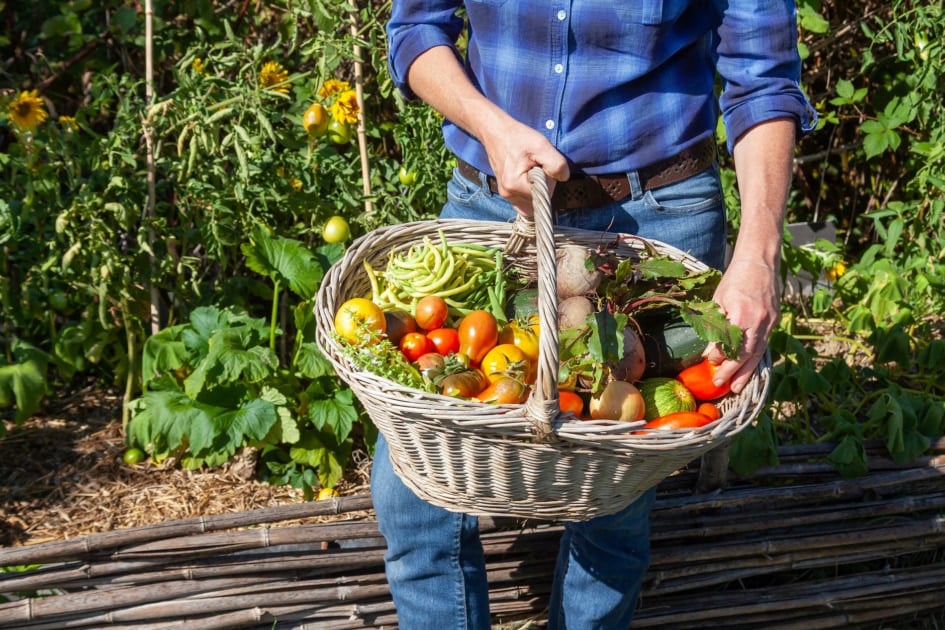
It’s not uncommon for many of us to pick our homegrown fruits and vegetables, toss them into the no-man’s-land of the fridge, only to later find they wilted, got mealy, or worse, became a complete science project.
Throwing away what you grew is like throwing away your hard work, time, and money. So what can you do? How you handle and store your produce will determine how long of a shelf life it will have, putting more of it on your table and less into the trash.
Try these tips on how to best store your garden harvest to keep it lasting longer.
1. Bring it Inside
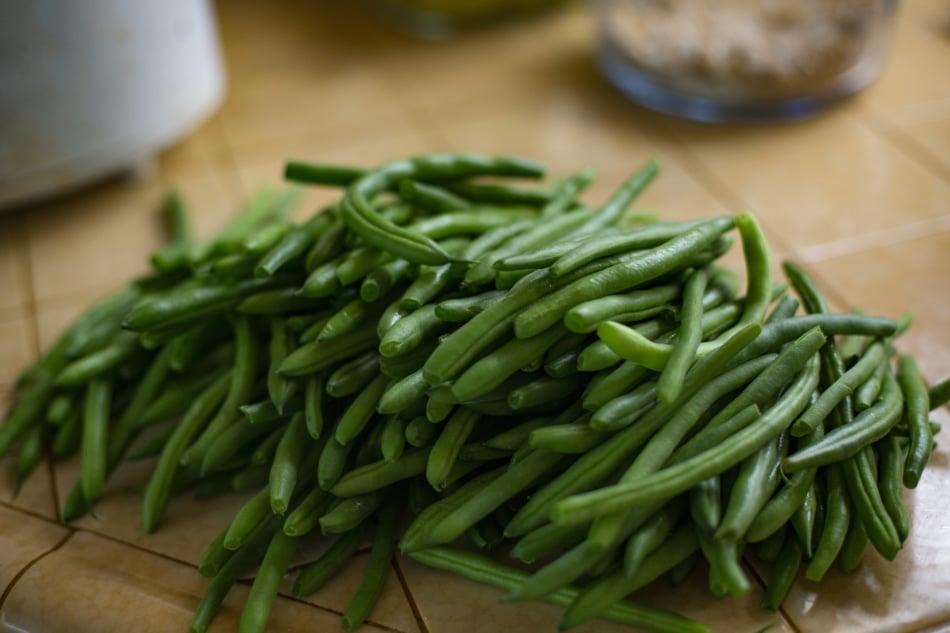
Immediately after harvesting your produce, bring it indoors rather than leaving it outside. The sun will continue to ripen it, making it mushy. But if you accidentally picked anything too soon, a sunny spot such as a kitchen window, deck, or patio allows the sun to finish the ripening process.
2. To Chill or Not to Chill
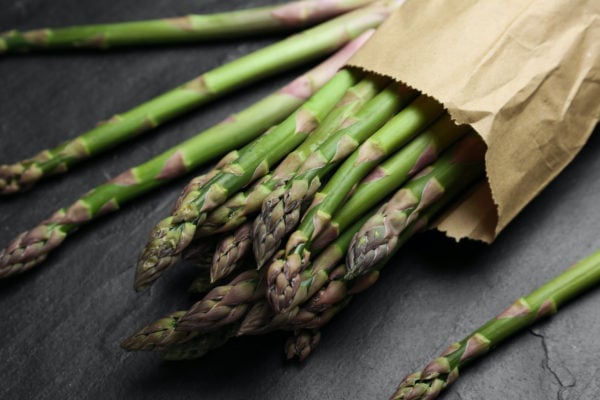
Some fruits and vegetables benefit from storage in the refrigerator, while others benefit from storage at room temperature:
In the fridge: Vegetables such as asparagus, summer squash, yellow squash, green beans, broccoli, cauliflower, Brussels sprouts, peppers, green beans, berries, and cucumbers should be stored in the fridge in your crisper drawer. Mushrooms should be stored in paper bags to keep them from getting mushy or moldy. Ears of corn should be stored in their husks. Lettuce and other leafy greens should be stored in an airtight bags (see #4). Another asparagus trick: place the stalks in a glass of water in the fridge!
On the counter: Most fruits, such as melons, and citrus, as well as tomatoes (out of direct sunlight) should be stored on the counter. Stone fruits such as apricots, peaches, plums, and nectarines can stay on the counter until ripened and can then be moved to the fridge to prolong their shelf life. Cherries, however, should be immediately placed in the fridge in an airtight container or bag.
In the pantry: Onions, garlic, potatoes, and winter squash should be kept in the pantry.
Read: 18 Foods You Don’t Have To Refrigerate
3. Utilize Your Crisper
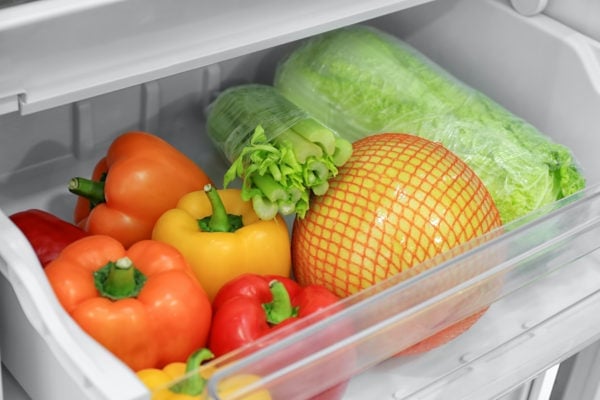
Use that drawer! It was designed to help decrease water loss (transpiration) in fruits and vegetables and can be very useful to make them last. Some designs allow you to control the airflow in the drawer by adjusting the humidity vent.
4. Wrap Your Greens
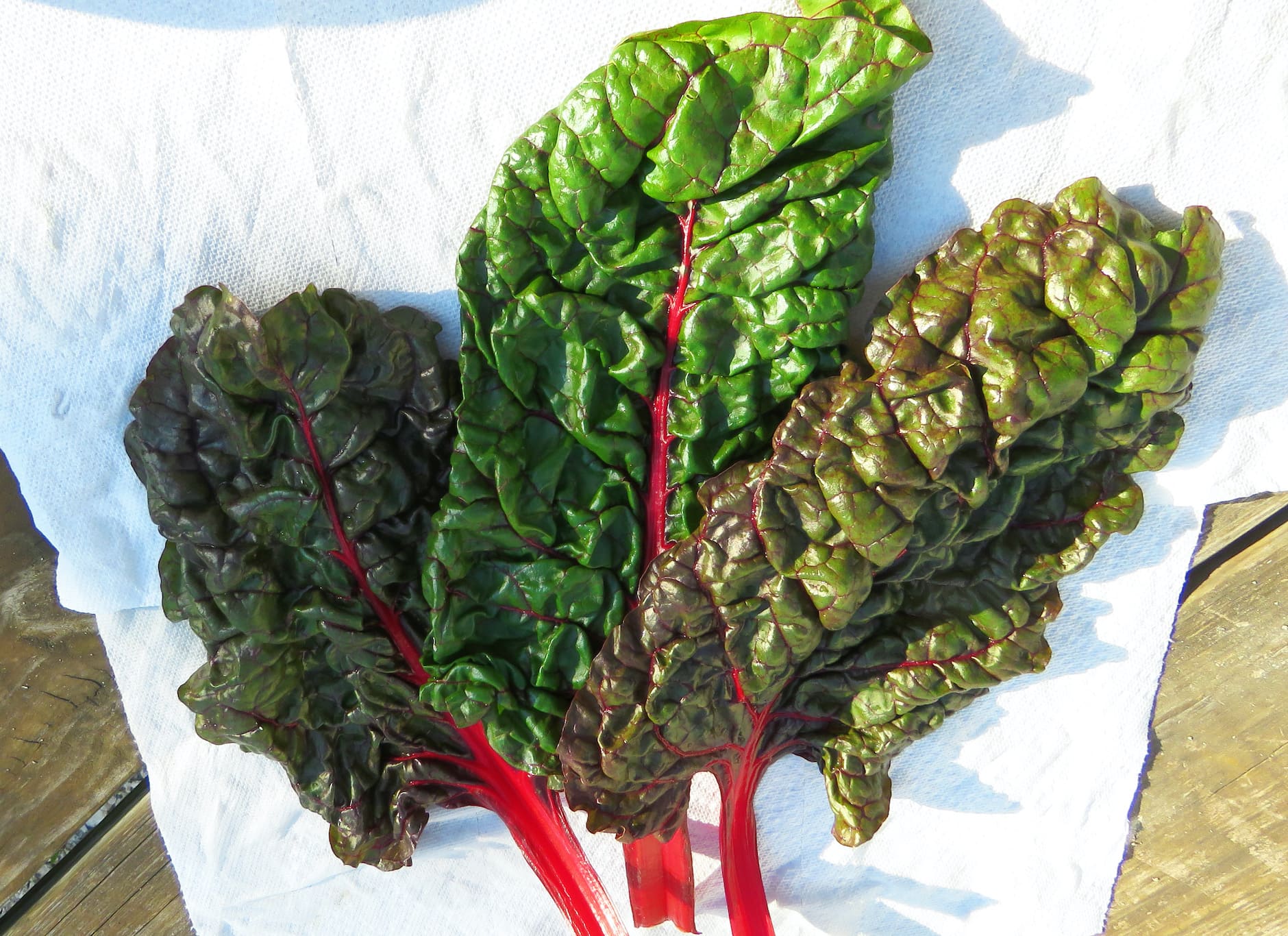
Leafy greens are best enjoyed immediately after harvesting when they are crisp. They are often vulnerable to moisture loss and wilt quickly. But if you can’t eat them right away, try wrapping them with a damp paper towel and storing them in a sealed airtight bag to maintain humidity.
5. Keep Some in The Dark
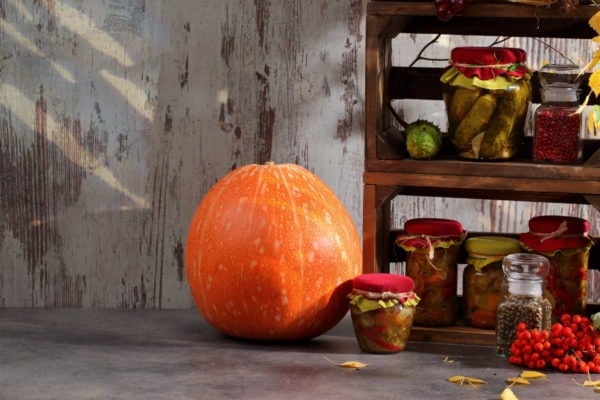
Not all veggies thrive with moisture. In fact, onions, garlic, shallots, winter squash, and pumpkins prefer a drier climate with normal humidity and will last longer when kept in a dark, cool cupboard. See more helpful storage tips here.
6. Pick The Right Time To Wash
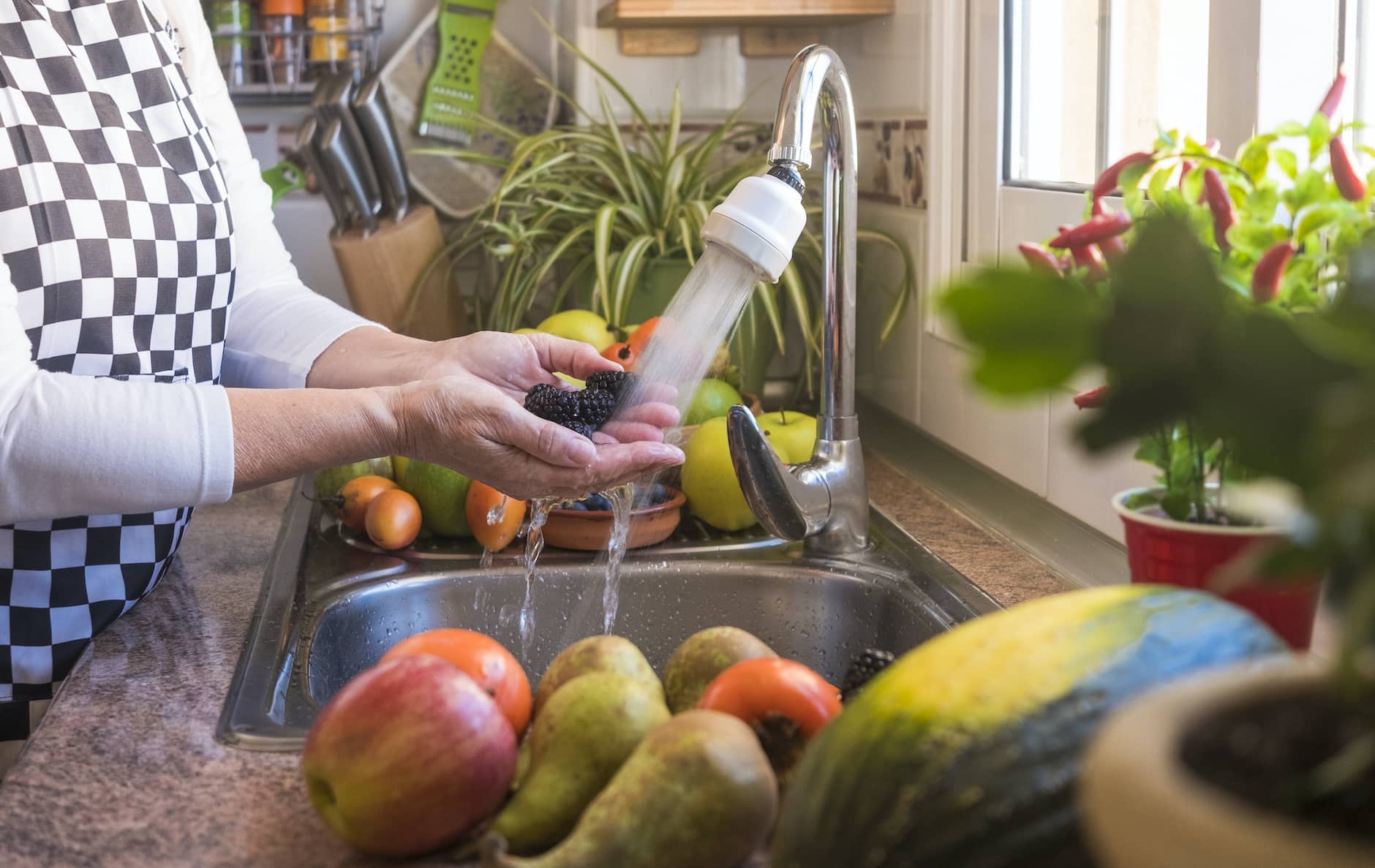
In general, it is best to not wash your produce until you’re ready to eat it. Otherwise, it can significantly reduce its lifespan.
7. Handle With Care
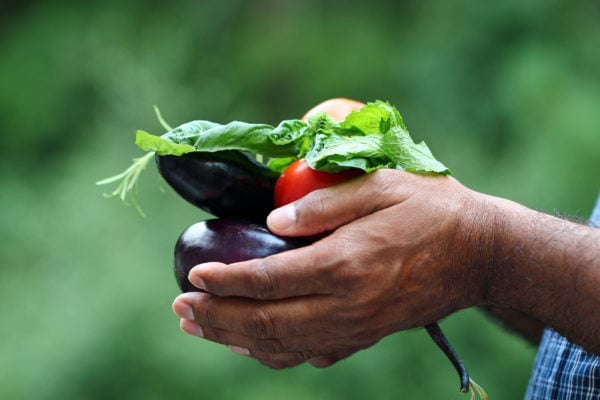
Fruits and vegetables can be very delicate. Any injury to them—from a bruise to a scratch—can cause them to ripen or rot more quickly. If your eggplant suffered an unavoidable injury, for example, eat that one first. And remove any “bad apples” from the group as they truly can spoil the whole bunch—one rotten item will rot others more quickly.
8. Treat Them Like Flowers
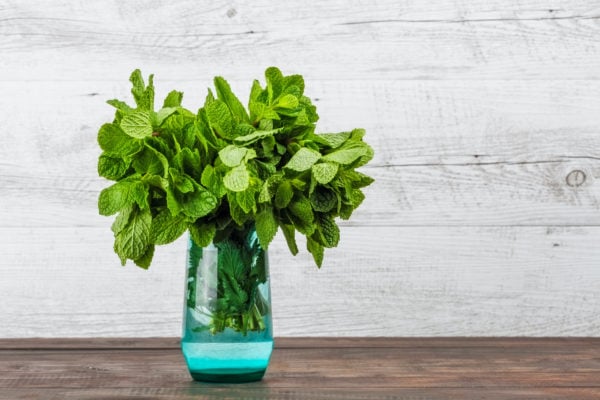
Keep harvested herbs such as mint, basil, and cilantro in a glass of water, like a bouquet of flowers, in the fridge. Place a plastic bag over the top, to help balance the moisture. Too much moisture can cause your herbs to become slimy and wilt, while not enough can cause them to dry out. Most herb “bouquets” should be refrigerated, however, basil should be stored on the kitchen counter where it can get some sunlight. Alternatively, you can loosely wrap your hard, woody herbs, such as sage, rosemary, thyme, and oregano in a damp paper towel and place in a sealed bag. The paper towel will keep them just moist enough to prevent them from drying out.
9. Make Herb Cubes
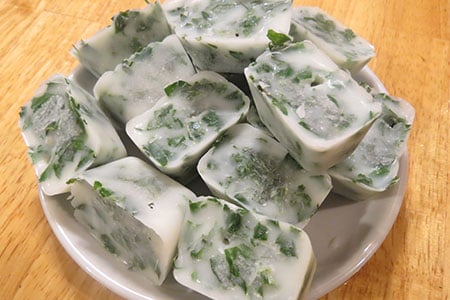
A good way to save your herbs is by making frozen herb cubes. Simply break up herbs by hand and add to ice cube trays. Fill the cubes with olive oil or coconut oil and place them in the freezer allowing them to solidify. Transfer to a labeled freezer-friendly container. When you’re ready to use them, just pop them in your favorite dishes.
10. Freeze Your Surplus
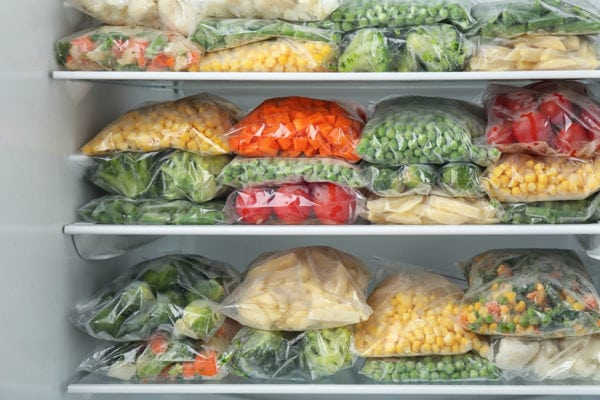
Freezing your harvest is a great way to take advantage of peak season produce all year long. First, wash items and dry thoroughly (moisture can cause rot). Most fruits and vegetables freeze better raw, however, some are best blanched beforehand. Blanching stops enzyme actions which can cause loss of flavor, color, and texture and helps preserve nutrients.
11. Make Green Cubes
Simply add a bunch of spinach—or any leafy green that you can’t use right away—to a blender with enough water to process, and freeze into ice cubes and store in a sealed container. Green cubes are a way to pop extra nutrients into your smoothies, soups, and casseroles.
12. Can, Pickle, or Dehydrate
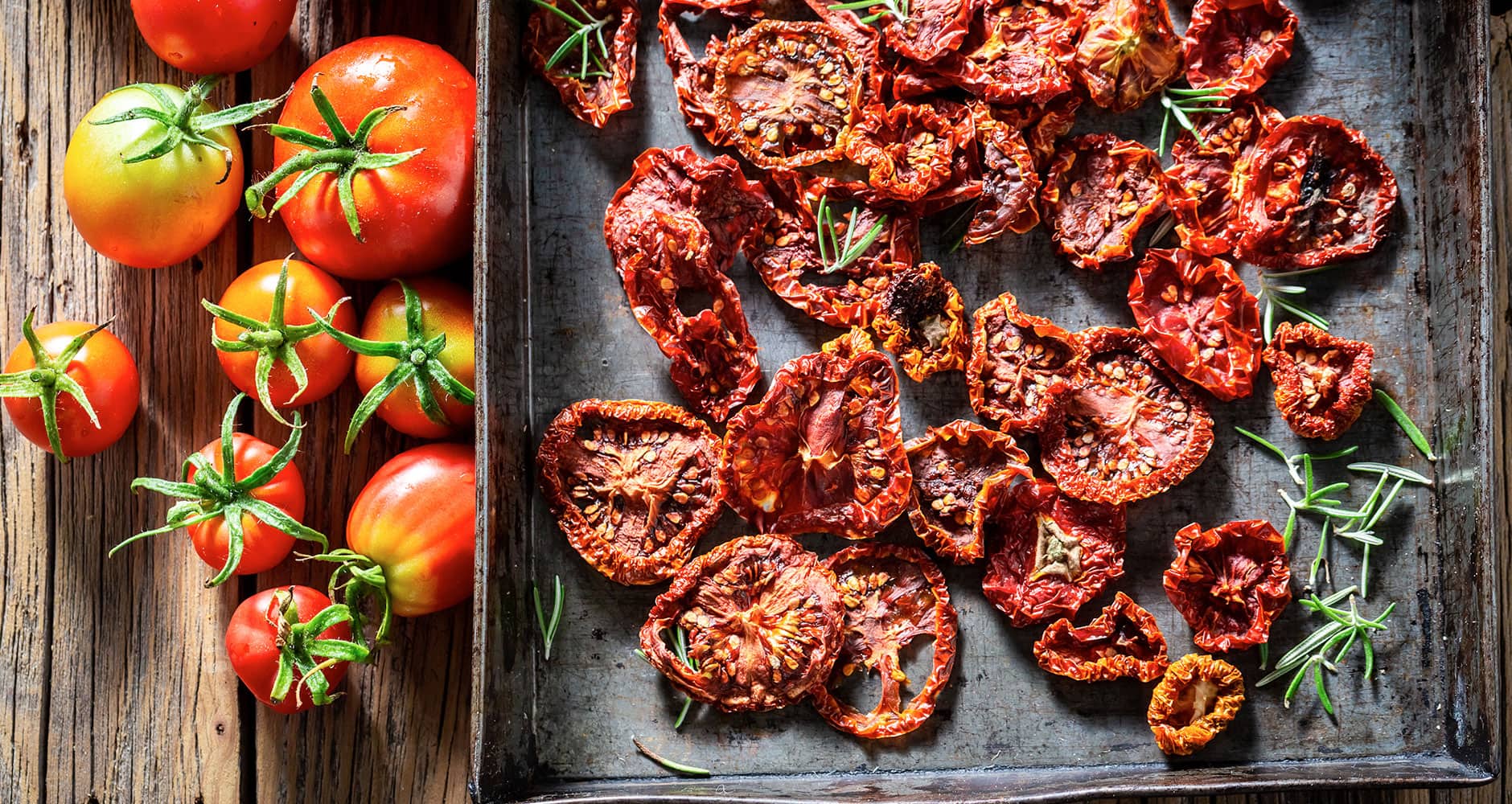
Canning, pickling, and dehydrating are all effective ways to preserve your bountiful harvest. Beets, green beans, shallots, and obviously cucumbers are delicious when pickled. Canned jams and chutneys are great additions to your winter pantry. And you don’t need fancy equipment for dehydrating. Simply wash, dry, and thinly slice your produce and place in a single layer on a baking sheet. Bake at the lowest setting (250ºF/130ºC) for a few hours, until dry.
13. Store Onions and Potatoes Separately
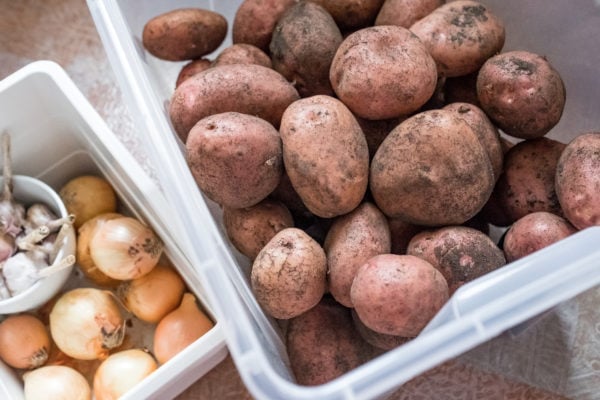
Onions and potatoes complement each other nicely when cooked up, however, when it comes to storage, they don’t play well together. It’s best to store them separately in a spot with good airflow. Both onions and potatoes both release moisture, which can lead to faster spoilage. Onions also emit ethylene gases, which can cause nearby potatoes to rot more quickly. Garlic, however, can be stored alongside onions—just be sure to keep the papery outside of your garlic intact until you are ready to use it. See why you need to grab an apple when storing potatoes!
14. Leave Them in the Ground
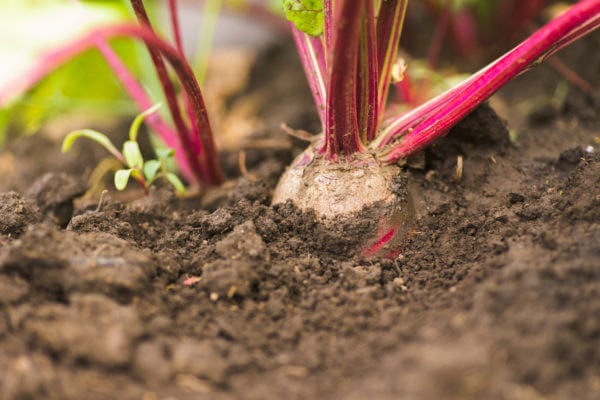
If the end of the season harvest is approaching, consider leaving your hardier veggies in the ground rather than plucking them. Root vegetables such as beets, carrots, rutabagas, parsnips, and turnips can be left in the ground into late fall and early winter. Frost can actually enhance the sweetness and flavor of these crops. Apply a heavy layer of straw mulch to prevent the ground from freezing. Just be sure to harvest before the ground freezes over completely, or they may be stuck there until spring.
15. Share the Bounty
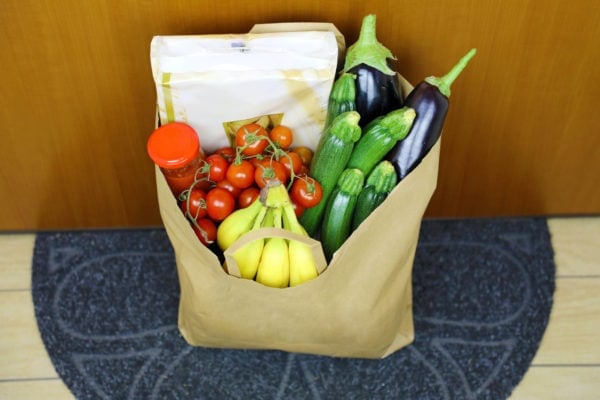
The best way to get the most out of your harvest is to spread the wealth. Share your bumper crops with family, friends, neighbors, or people in need. There is no better way to say “I love you” than giving the gift of something grown with your own two hands.

Natalie LaVolpe
Natalie LaVolpe is a freelance writer and former special education teacher. She is dedicated to healthy living through body and mind. She currently resides on Long Island, New York, with her husband, children, and dog.



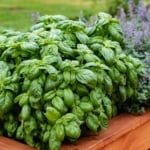
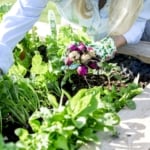
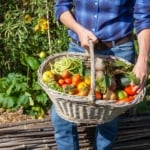
Learn something new everyday..Thanks .At 83 I’ve inherited a garden ..A first for me ..lol
So this was very helpful! 😁
thank you
Thank you so much for this info. I knew a lot of it,, but I learned so many other ways to preserve. This just refreshed and/or educated me. Thank you!
I almost never ever post anything on boards like this, but I’m honestly saddened that you (Tessa) felt the need to cut the author of this article down. Regardless of grammar (which I didn’t find distracting btw), it was helpful information that I appreciated very much!
Thank you Natalie for sharing these helpful tips/tricks with the world 🙂